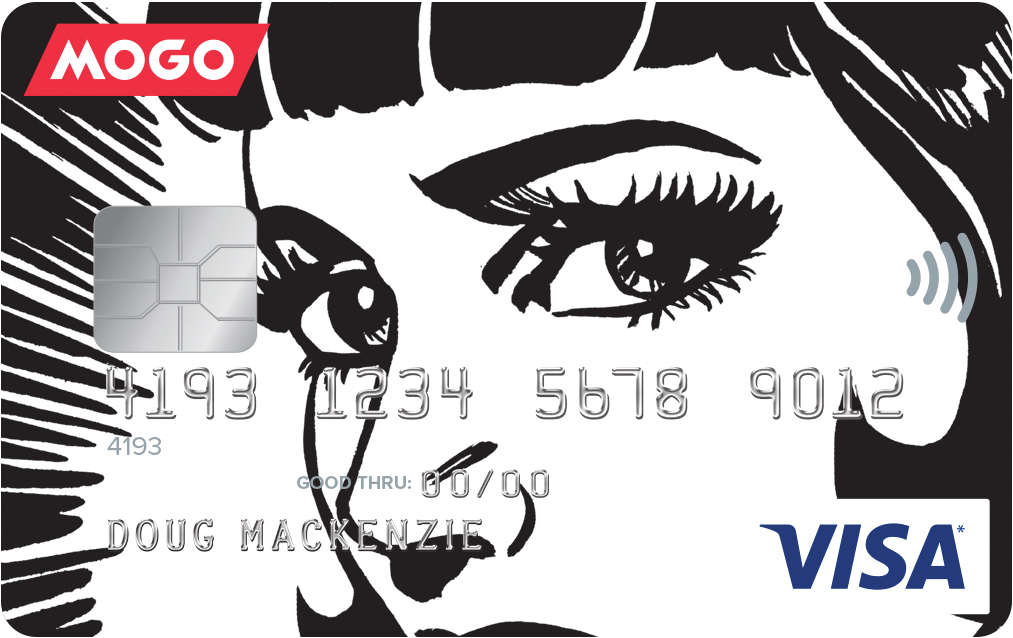Mogo is in the money. The Vancouver startup recently raised $50 million via IPO for its innovative online credit lending platform, and despite a recent share slide, has posted a record quarter, increasing revenue by 122% to the tune of $10.3 million. We recently caught up with their Founder and CEO, David Feller, to get more insight into the company’s business model, algorithm, and ultimately, how a plucky FinTech upstart hopes to fight the big banks.
How are you trying to differentiate yourself from what’s becoming a competitive marketplace?
When you see how we’re leveraging data, we’re using that to create a total digital brand, similar to what you’re seeing with the Uber experience. Consumers are able to be proactive in a digital space and we’re helping them manage their financial health.
Tell me about the algorithm. How are you using big data to improve the customer experience?
We want to give the customer the right product, the right price and the right kind of service with the least amount of information they need to provide to get that. The algorithm is leveraging more than 1,000 data points, some traditional – and some not so traditional. Often, credit information can be leveraged in a more meaningful way than by just looking at a credit score. We’ve done over 900,000 loans and with each one, it improves the data, making the algorithm smarter.
But that idea of using big data isn’t exactly new. What makes your algorithm unique?
It comes from how we’re optimizing it. We’re looking for new data sources to bring in, such as bank account transaction information in real time, rather than getting information from a credit bureau where information can lag. For instance, if someone misses a payment on a loan, you might not see that in a credit statement for 30 days or more, but here, we’re seeing it in real time.
The information isn’t just needed to match people with the right loans, but to have an ability to detect fraud. According to the data, you can see if someone is a credit risk, but you also need to be able to validate whether someone is a fraud risk. It’s not just the data sources you use – we have a team of data scientists working on this, to validate and also build in some predictability.
Getting that data means having access to a lot of information – but how do you do that when facing a hurdle of getting the trust of the customer?
That’s a big challenge. The privacy laws in Canada are quite strict. The process we went through with our data source included a 6-month legal process around the way we can leverage it and get sign-off from customers.
There’s a bunch of complexity in there. Even if you find the data source and cover off all the rules and regulations, including disclosure and authorization from the customer, you have to spend time and money to validate your model. Then you get to the actual user experience and what they’ll go through to get what they want. Everything has to be considered.
Generally, considering the user experience, we find most consumers will happily share data if it improves the speed and convenience of the experience, improves pricing and increases the relevancy of the product they’re using. Of course, this also assumes you’ve got the right security protocols to protect that data once you have it.

You’ve focused on offering a total digital financial services experience that’s nothing like the old banking system. But what’s to prevent the old banking system from seeing your success and just copying you?
The more we talk to people in the traditional banking sector, the more we’re not concerned. The challenges they’re facing from a legacy technology perspective are basically insurmountable.
I’ll give you an example. Royal Bank of Scotland recently announced they’d spend a billion pounds just to get closer to the capabilities of the new online banks. You look at what they’re spending on innovation versus what they have to spend just updating their legacy platform, and it’s extremely costly just for them to keep their old technology running. It’s preventing them from moving to the kind of platform that would enable instant decisioning that can help customers and further optimize their own system. The only way they can get there is by buying a platform or starting from scratch.
That’s what we see from the outside, but you hear what they’re saying inside the banks and they say it’s even worse than it looks. Let’s say a bank is integrated with one of the big credit bureaus and they feel another institution has even better data; from the time and cost, they can’t even consider it. Meanwhile, we can switch very quickly. You can see the difference between modern technology and legacy technology.
You’re not just talking about the banks, either.
Even platforms like Paypal are legacy platforms. The technology has evolved since they started out.
So the organizations we consider to have a built-in, incumbent, big-brand advantage might not really have it.
When you talk about brand and trust and the next generation of consumers, the industry most ripe for disruption was banking. The view from most consumers today are the that relevant new solutions will not come from existing banks. Nobody expects TD or RBC to come up with the latest and greatest. They expect it to come from tech companies. Banks are just increasing fees, but losing ground from a customer satisfaction perspective.

